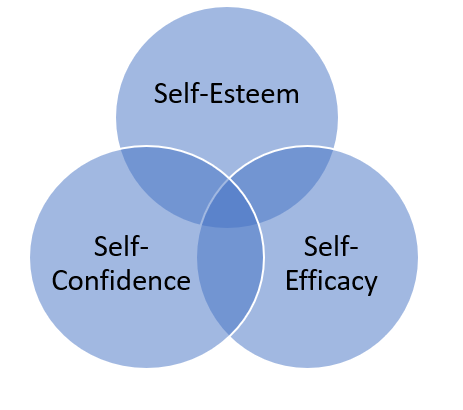Better As a Direction of Travel
- Michael Fitzgerald
- May 31, 2023
- 3 min read
Coaches work with clients to identify, set, plan, and achieve their goals. However, the starting point is always the reality of the client's current position as this helps determine how realistic the goal is and the timescale over which it can be achieved. And the first step for the coach is to build confidence that things can be better.

Anyone coming to coaching is looking for change. Each client will have their own levels of:
Self-esteem
Self-confidence
Self-efficacy
The coach by listening deeply and asking powerful questions can help the client establish their current level of self-esteem, self-confidence, and self-efficacy. Then by working on the client's strengths, challenging automatic negative thoughts, and promoting positive reframing facilitating improvement in these areas. Once the client feels better about themselves, their confidence in the possibility of future improvement increases, and better becomes a direction of travel that the client can choose and embrace. In the next section of this blog, we look at these 3 elements of self in more detail.

These interrelated terms may be summarised as:
Self-esteem is how you feel about yourself as a person.
Self-confidence is how you feel about your ability to perform a task or achieve a goal
Self-efficacy is how you feel about your ability to perform a task or achieve a goal in a particular context.
In the remainder of today's blog, I will focus on the issue of Self-esteem but will revisit Self-Confidence and Self-Efficacy in next week's blog
SELF-ESTEEM
It is a judgment or evaluation of your overall self-worth based on your beliefs, attitudes, experiences, and comparisons with others.
Self-esteem can be high or low, stable or fluctuating, and can affect your emotions, thoughts, and behaviors in various ways.
Low self-esteem can affect nearly every aspect of life. It can impact your relationships, job, and health.
But you can boost your self-esteem by
- Recognising situations that impact your self-esteem
- Becoming more aware of thoughts and beliefs
- Challenge negative thinking - long-held thoughts and beliefs can feel factual even if they are only opinions.
- Adapting your thoughts and beliefs
- Avoid "should" and "must" statements.
- Think about the parts of your life that work well.
- Remember the strengths you've used to succeed in the past.
- Reframe upsetting thoughts.
- Encourage yourself.
As a coach, it is important that I support the client in their journey to better self-esteem by challenging negative thoughts and beliefs that are no longer serving the client.
There is nothing unusual or intrinsically wrong with negative thoughts. Our brains have evolved to assess danger. But most people have to deal with unhelpful negative thoughts popping into their minds on any given day. These thoughts often do not reflect the reality of situations and tend to be self-critical. It is a normal part of life to have an inner critic.
Such thoughts, however, can have a negative influence on our mood and our mental and physical well-being. They trigger negative feelings and may prevent us from taking action to improve our situation.
These thoughts can occur so frequently and automatically that we are not even aware of them. They are automatic negative thoughts - often referred to as ANTS.
Helpful thoughts:
Promote wellbeing.
Tend to be realistic.
Reflect self-compassion.
Trigger positive feelings.
Spur positive action.
Working with clients I use a tool invented by Lucinda Poole and Dr Hugo Alberts. I first get the client to identify a situation that is troubling them and encourage the client to identify the automatic unhelpful thought.
The next step is to rate how helpful this thought is by examining:
How realistic is this thought?
How positive are the feelings that come from this thought?
How likely is it that the client would say this to a friend?
How much does this thought motivate the client o improve things?
Finally, I work with the client to come up with a more positive thought to replace the negative thought and put it through the same tests. As the client practices identifying and assessing negative thoughts and replacing them with positive thoughts their self-esteem build making them feel better and starting the virtuous cycle of feeling better and choosing better as a direction.
If this article is of interest, please share and if you would like to discuss working with me contact me at michael@someclimcoaching.com



Comments